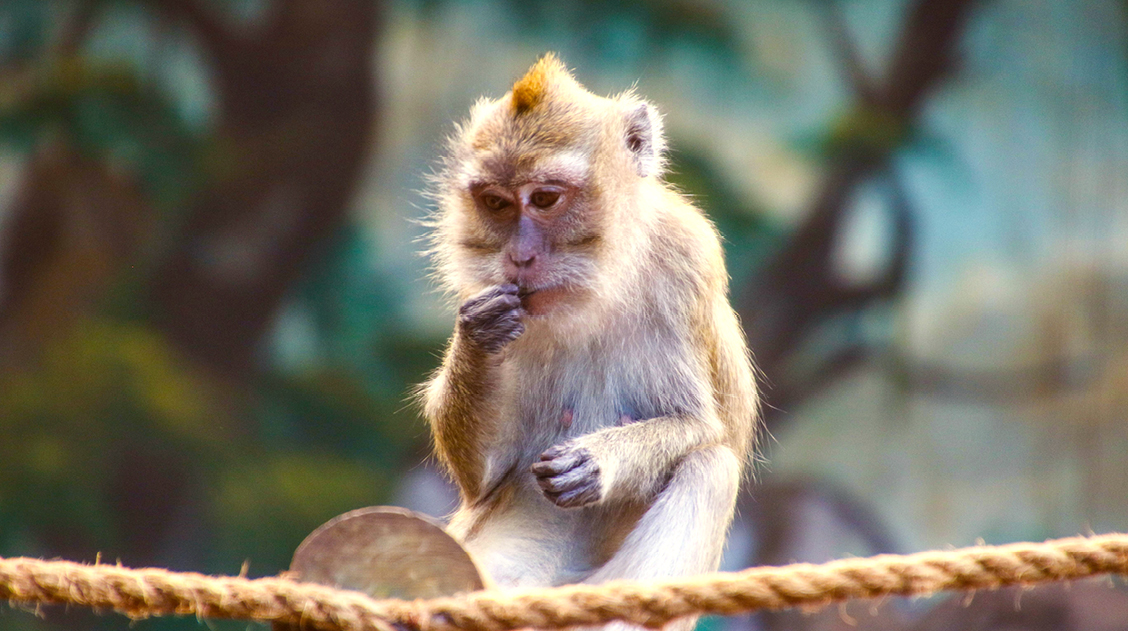
HCMV Vaccine Development Targets Immunomodulatory Proteins
In this guest commentary by Anamaris Colberg-Poley, she dives into HCMV vaccine development and how it targets immunomodulatory proteins.
HCMV vaccine
Human cytomegalovirus (HCMV) can cause severe disease in immunocompromised individuals and in congenitally infected infants. As such the development of an HCMV vaccine has been a national priority over the last few decades. Despite attempts similar to those which have proven successful for other herpesviruses, such as varicella zoster virus, attenuated HCMV vaccine strains (such as Towne) have not been analogously successful as effective HCMV vaccines.
In the Recent CMV Research Special Issue of Viruses, Deere and Barry (Viruses 2014, 6(4), 1483-1501) review the preclinical guidance provided by infection of the non-human primate rhesus monkeys with the primate cytomegalovirus, Rhesus CMV (RhCMV) for HCMV vaccine development.
A major obstacle thwarting the development of effective HCMV vaccines is the ability of HCMV to manipulate the human host’s immune system. HCMV reduces the body’s attempts to clear the human host of cellular reservoirs, which can produce HCMV. Because of these immunomodulatory activities, HCMV can bypass immune surveillance and also reinfect individuals with prior immunity, whether it is in response to natural HCMV infection or to HCMV vaccination. This uncanny ability to effectively block host immunity, combined with the expense of conducting Phase II and Phase III vaccine trials, results in an urgent need for rigorous preclinical trials to inform HCMV vaccine design prior to human clinical trials.
Macaque monkeys and vaccine possibilities
Peter Barry and his colleagues have been studying RhCMV in rhesus macaque monkeys to provide preclinical insight into the best strategies for effective vaccines against cytomegalovirus. Their prior studies (Assaf et al., 2012. J. Virol. 86, 6354) established that RhCMV genes other than UL128-131, needed for infection of epithelial and endothelial cells, are necessary for its optimal replication in vivo. This finding led to the novel suggestion of using these other viral proteins as potential vaccine targets to reduce hematogenous spread of virus to tissues throughout the body.
Barry and colleagues further found that immunization with one immunomodulatory protein of the many encoded by RhCMV (and analogously by HCMV), viral interleukin 10 (rhcmvIL-10), resulted in the production of neutralizing antibodies against vIL-10 that did not cross react with cellular IL-10 (Eberhardt et al., 2013. J. Virol. 87, 11323). More impressively, this vaccination against one immunomodulatory protein reduced the loads of RhCMV DNA in plasma, saliva and urine. Given that RhCMV and HCMV both dedicate a substantial portion of their coding sequences to immunomodulatory proteins, this finding bodes well for the possibility of developing novel HCMV vaccines that target multiple immunomodulatory proteins and thereby reducing HCMV infection in humans.
Further reading on HCMV vaccine efforts
- Deere, J.D.; Barry, P.A. Using the Nonhuman Primate Model of HCMV to Guide Vaccine Development. Viruses 2014, 6, 1483-1501.
- Assaf, B.T.; Mansfield K.G.; Westmoreland S.V.; Kaur A., Oxford K.L.; Diamond D.J.; Barry P.A. Patterns of acute rhesus cytomegalovirus (RhCMV) infection predict long-term RhCMV infection. J Virol 2012, 86: 6354–6357.
- Eberhardt M. K.; Deshpande A.; Chang W. L.; Barthold S. W.; Walter M. R.; Barry P.A. Vaccination against a virus-encoded cytokine significantly restricts viral challenge. J Virol 2013 87, 11323–11331.
About Anamaris Colberg-Poley
Anamaris Colberg-Poley is Professor of Integrative Systems Biology, Pediatrics, and Biochemistry/Molecular Medicine George Washington University School of Medicine. She is also a Senior Investigator, Center for Genetic Medicine Research, Children’s Research Institute in Washington, DC. Dr. Colberg-Poley’s group is currently studying the sequential trafficking of HCMV UL37 anti-apoptotic proteins from the secretory apparatus through mitochondria-associated membranes and into mitochondria.










